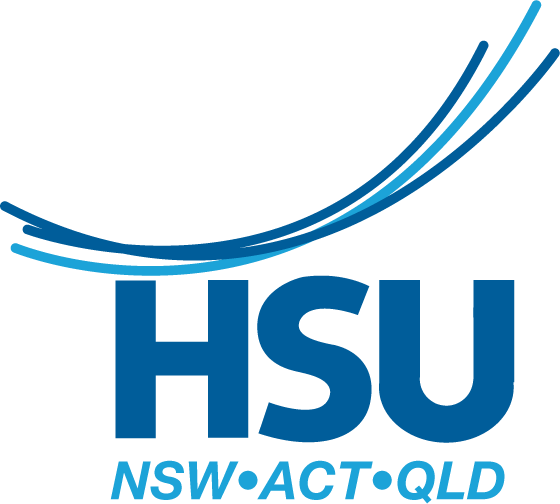Minns wages policy to be put to test by unions asking 30pc
-
Published September 22, 2023
Australian Financial Review, 21st September 2023
NSW public service wage increases could outstrip a $3.6 billion fund the Minns government created as a buffer to support higher claims, according to a treasury analysis of the state budget, as a slew of unions prepare for fresh negotiations and rule out multi-year deals.
Emboldened by big wage deal wins in the education, health and community services unions, NSW paramedics will push for one-year pay rises of as much as 30 per cent in their first round of negotiations following the government’s removal of a 2.5 per cent wage cap.
Treasurer Daniel Mookhey has repeatedly said the new $8 billion wages policy, which scrapped a wages cap in favour of individual sector agreements, will improve productivity as well as recruitment and retention efforts by stopping a flow of talent to cheaper states.
Sensitivity analysis in the budget warns that big claims under the new “interest-based” wages policy could produce a wages bill that blows out a current year estimate of $43 billion.
“As the government shifts to a more consultative-based bargaining arrangement, it is possible that the final budget outcome for 2023-24 deviates from current projections,” the budget papers state.
“The published budget contains the impact of the government’s current offer to employees. Under the government’s interest-based bargaining approach, the final profile of this measure may change to reflect an agreed outcome. It is possible that the projection beyond 2023-24 varies in future releases.”
Paramedics in the Health Services Union have threatened to strike next month to push for a pay rise of up to 30 per cent – which could cost as much as $270 million over four years – to recognise that many of them are acting as critical nurse consultants.
Many are intubating patients and performing highly skilled tasks outside hospitals and in much smaller teams, HSU secretary Gerard Hayes said. Paramedics with three years’ experience take home $70,000 a year, compared with entry -level teachers whose salary rose to $85,000 in a four-year deal struck last month.
“We’re actually looking at 30 per cent and we believe we can justify that just by the fact that better paramedic care means we can keep someone out of an ICU bed, which costs $15,000 a day,” Mr Hayes said.
High inflation also means the HSU is also unlikely to agree to a multi-year deal, Mr Hayes said.
“A three- or four-year deal is fine in stable times, but not when we don’t know what CPI is going to be ... we’re in volatile times and we’re not going to accept being locked into something,” he said.
The Minns Labor government so far has set aside $8 billion to fund its marquee election wages promise, including $2.5 billion for a 4.5 per cent pay rise for more than 400,000 public sector workers in 2023-24, a $3.6 billion Essential Services Fund to pay for the wage increases, and a $1.9 billion boost in teacher pay to be offset by other education savings.
The analysis noted that claims could rise higher than estimates, despite the provisions made by the Essential Services Fund.
As it stands, the state’s public sector wage bill is on track to be $49.5 billion by 2026-27 and, when combined with superannuation payments, will make up about 46 per cent of NSW’s operating expenses.
The sensitivity analysis highlights other risk factors for expenses.
New native title claims could lift the government’s legal costs and litigation bills. The government is also prepared for the possibility it might have to compensate Forestry NSW to protect koala hubs from logging, before the Great Koala National Park is created.
